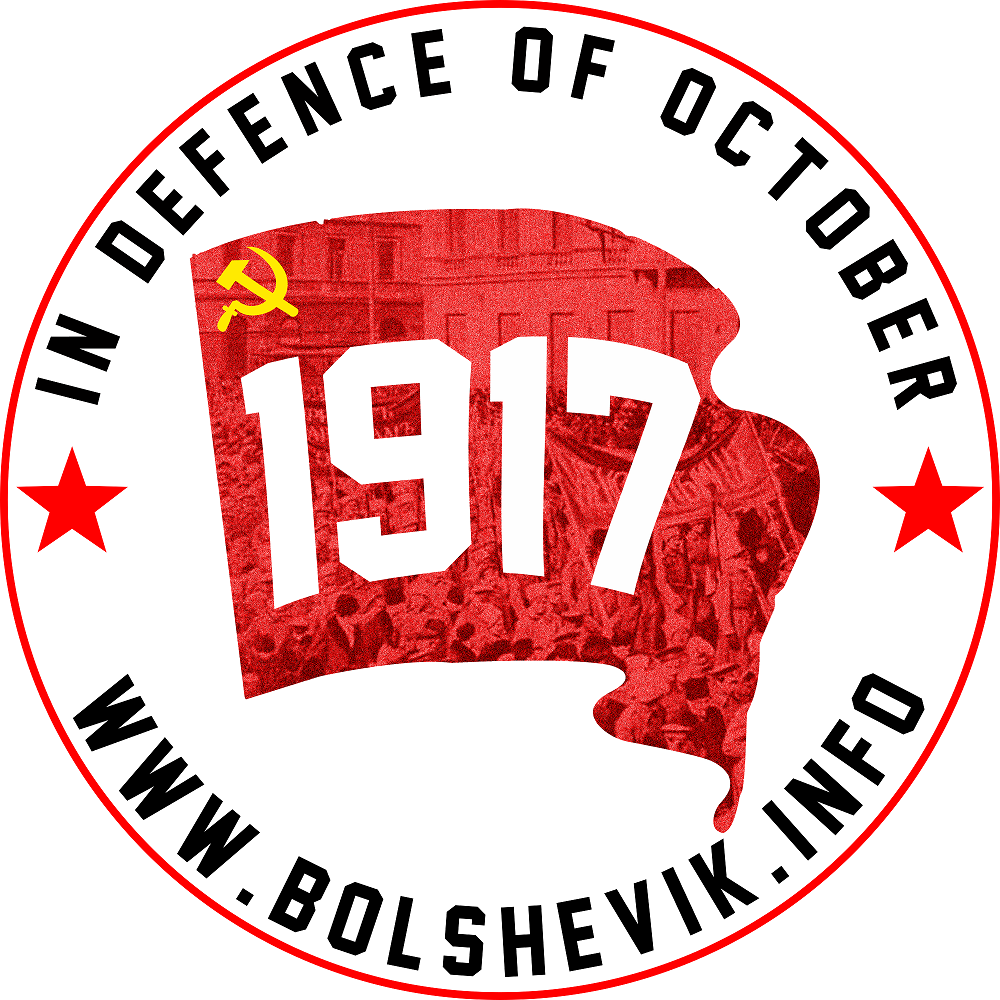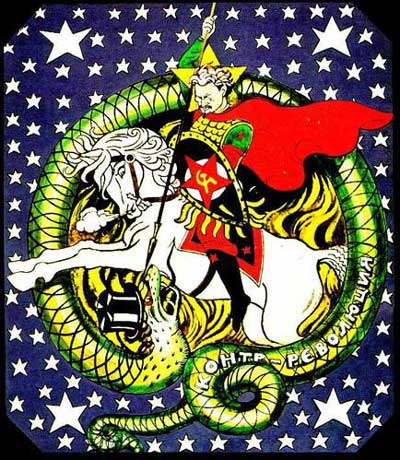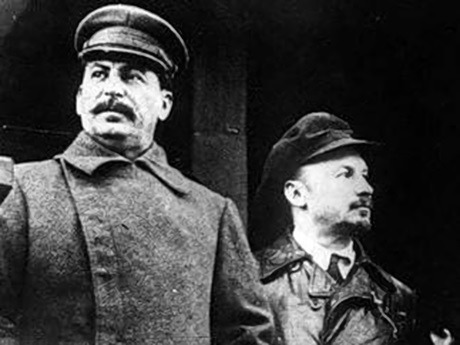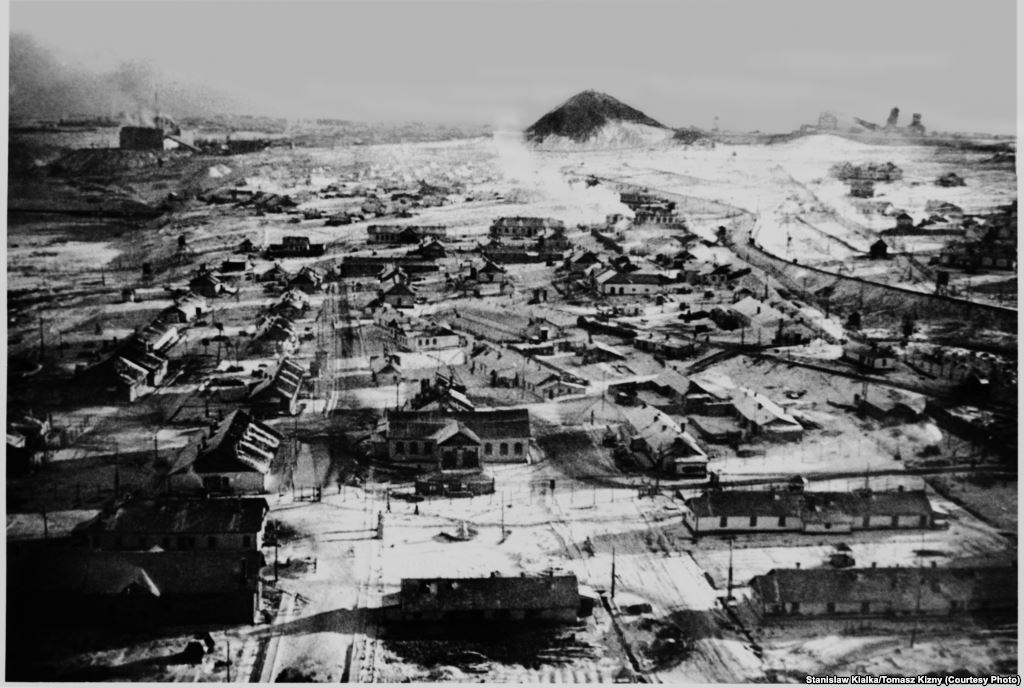Featured

Religion in the Soviet Union
This article written in 1945 analyses the relationship between the Soviet state and the Russian Orthodox Church. There was a clear dividing line between Lenin’s approach to this question and the zig-zag policy later adopted by Stalin. First published in Workers International News, October 1945.
Anniversary of the Russian Revolution
Today marks the 88th anniversary of the 1917 Russian Revolution. To commemorate this great historical event we remind our readers of some of the articles we have published on this.
The Meaning of October by Alan Woods (November 1992)
Russian revolution: 50 Years after by Ted Grant (November 1967)
On the 65th anniversary of the death of Leon Trotsky, a 1988 reminiscence from Jake Cooper

Sixty-five years since Trotsky's Death
Yesterday marked the 65th anniversary of the death of Leon Trotsky. He had been brutally struck down on August 20, 1940 by the hand of an assassin, an agent of Joseph Stalin, and rushed to hospital where he died at 7.25 p.m. the following day. He was sixty years old. On this commemoration, Rob Sewell takes a look at Trotsky’s life.

Stalin: 50 years after the death of a tyrant
Fifty years ago today the world heard the news of the death of Stalin. For decades the Stalinist propaganda machine had assiduously encouraged the myth of Stalin as "the Lenin of today", who was supposed to have led the Bolshevik Party together with Lenin. But all this was merely a construction to justify the usurpation of power by a tyrant who destroyed Lenin's party, liquidated the political conquests of October and wrecked the Communist International.

The Makhno anarchists, Kronstadt and the position of the Russian peasants in post-revolutionary Russia
As the old Soviet archives are opened up and studied, more material is being made available about what happened in Russia immediately after the revolution. Myths have been created about events like the Kronstadt “rebellion”, the peasant revolts, the anarchists, etc. The new material available confirms what Lenin and Trotsky explained about these events. In spite of all attempts to slander the Bolsheviks, the truth is always concrete.

The Trotskyists in Stalin's concentration camps - An eyewitness account of the strike at Vorkuta
We remember all those thousands of genuine Communists who perished in Stalin’s camps, butchered simply for defending the ideas of Lenin and Trotsky. Old Bolsheviks like Zinoviev, Kamenev and Bukharin were forced to confess to crimes they had not committed. These famous victims were only the tip of the iceberg. Not remembered are the thousands of Trotskyists who languished in brutal concentration camps. They were brave and defiant to the end.
The 1905 Revolution – marking the centenary
"The Russian Revolution in Colour"
On March 22 and 29, in two parts, the British Channel Five TV showed a documentary on the Russian Revolution entitled The Russian Revolution in Colour. Far from being an objective account of the events that took place in 1917, it belongs to that long series of cheap misrepresentation of historical fact. Its purpose is to present the revolution as a cunning plot of Lenin and the Bolsheviks intent on imposing a bloody dictatorship on the Russian masses. But as Lenin always said, "the truth is always concrete". Nadim al-Mahjoub looks at the distortions and lies and puts the record straight.
The Russian Revolution of 1905 - The Dress Rehearsal for October
Lenin stated that the October Revolution of 1917 could never have taken place without the previous experience of the Revolution of 1905. A study of this remarkable event is therefore of great importance for anyone who wishes to understand the dynamics of revolution in general, and not just in the particular case. We publish here Alan Woods’ introduction to the forthcoming Spanish edition of Trotsky’s 1905.
